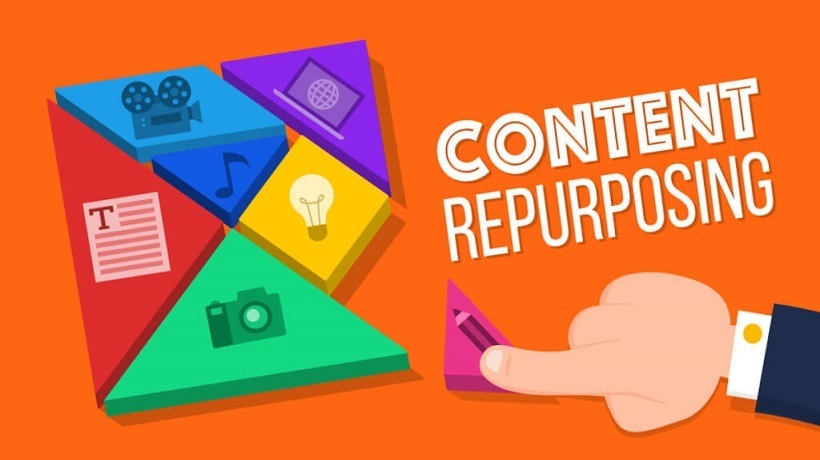The Importance Of Learning Objects: What eLearning Professionals Need To Know
A learning object is defined as "a collection of content items, practice items, and assessment items that are combined based on a single learning objective" [3]. Although the term originates from “object-oriented” programming, its use is completely different in eLearning, and has definitely nothing to do with programming languages and code [2]. eLearning professionals should think of learning objects as small sharable “knowledge packages” that include all related learning material needed to cover a specific learning objective of the eLearning course.
The greatest benefit of working with learning objects is, without any doubt, reusability. As learning objects thoroughly cover a single learning objective in every way, that is information, eLearning activities for practice, and assessment, they consist by definition autonomous learning units that can be used in multiple eLearning courses, as long as the same learning objective needs to be covered. Whether being incorporated into an eLearning course addressing to novices, or presented to advanced learners for revision purposes, they offer eLearning professionals the benefit that they only need to be created once. This has a significant impact on both eLearning development time and budget.
Technically speaking, thinking of learning objects as SCORM files seems to be a good practice. In other words, eLearning professionals may consider them as packaged learning resources, each one of which can be uploaded as a single file, aggregating all necessary information to cover a single learning objective of the eLearning course. Although, it is a common practice for learning objects also to include assessment, personally, I wouldn’t recommend it, as I’d rather prefer to keep assessment separately of the eLearning object for reusability purposes.
Components Of Learning Objects In Instructional Design For eLearning
When working with learning objects, keep in mind that they are composed of the following parts:
- Title.
The title of the learning object to be used should grab learners’ attention from the very beginning. A catchy title will raise learners’ eagerness to learn more about the specific topic under consideration. - Subtitle(s).
Although not absolutely necessary, it’s a great idea to also add subtitles in your learning objects, as they provide learners with further information about the content of the eLearning session they are going to attend, and they set learners’ expectation of what exactly the eLearning content is going to be about. - Learning objective to be covered.
Apart from arising attention, it crucial for learners to know in advance what they will be able to achieve at the end of the eLearning course, as well as how this particular learning objective is related to the rest of the eLearning course. Keep in mind that the entire concept of working with learning objects implies that only one learning objective must be presented at a time. However, it’s a good practice to show learners how much of the entire eLearning course they have covered so far, as well as how the particular learning objects fits the “big picture”. - Overview of eLearning activities.
Provide learners with an overview of what exactly will be covered, that is presentation of theory, examples, as well as the corresponding eLearning activities for practice. Finally, it is always a good idea to provide learners with information about the time they will need to complete the eLearning activity. This is crucial when the eLearning course is also designed with mobile learning in mind. - eLearning content.
This is the actual eLearning content to be presented to the learners for acquiring the necessary information they need to master in order to proceed to the following topic of the eLearning course. - Metadata.
This part of information has nothing to do with the learner. Metadata is information of descriptive nature, added to the file for easier retrieval purposes in case of future use. It is a necessary component in case learning object repositories, such as the MERLOT repository of learning objects, are used [1]. All Learning Management Systems used today for eLearning, have some sort of designated resource management area for learning objects, that serves as learning object repository.
Last, but not least, learning objects have nothing to do with the instructional design approach to be used, whether behavioral, cognitive, constructivist or mixed, or with the way information and eLearning activities are presented to learners. Their content may range from plain text to online presentation with audio to case studies, interactive branching scenarios and project-based learning through collaborative eLearning activities. Whether in text or in multimedia format, this makes no difference as long as they cover a single learning objective of the eLearning course. The variety of alternative media they can be presented with, also makes them ideal for adaptive presentation of content in eLearning.
4 Tips To Use Learning Objects In Instructional Design For eLearning
Here are some practical tips to follow in order to design and develop effective learning objects.
- Make them small.
Always have in mind that learning objects are reusable online resources. Make them as small as possible in order to be used again and again and to fit a variety of eLearning courses. Making them small and to the point, that is meaningful, also means that it will be easier for learners to assimilate the information presented and stay focused to the intended learning goal. - Make the information section either completely context-free or very context-specific.
Despite the fact that we all agree on the importance of context in learning, surprisingly enough, there are two approaches you can follow with learning objects. Either make them completely context-free, by isolating the information to be presented from the context to be applied, for reusability purposes, or create multiple versions of the same learning object, each one very context-specific in accordance to the needs of the specific audience you are addressing to. If time and budget allows, I would strongly advise for the second option. - Set lower-level learning objects as prerequisites for higher-level ones.
Set learning objects of lower-level cognitive processes such as remembering and understanding as prerequisite requirements in order for the eLearning course to allow learners to proceed to other learning objects covering higher-level order skills such as applying, analyzing, synthesizing, evaluating and creating. This gives learners the opportunity to keep practicing already acquired knowledge and guarantees that they have mastered lower-level learning objectives before proceeding to more advanced ones. Human cognition is a well-structured process, and so your eLearning content should be. - Offer variety by creating multiple examples of learning objects for the same learning objective.
Developing extra learning objects for the same learning objective to be covered each time you revise your eLearning course may prove to be a good practice. Especially for an instructional design for eLearning based on a cognitive approach, this may be quite helpful as your learners will definitely need extra practice of prerequisite knowledge they should have, in most cases for revision purposes, before being presented with higher-order learning objects. Instead of presenting them with the same eLearning content they have already attended, surprise them and offer them variety. They will really appreciate it and you will enrich you eLearning course in a process of ongoing improvement.
Get used to the idea of thinking about you instructional design for eLearning in terms of learning objects. Use the above tips to create effective and reusable eLearning courses, taking advantage of the opportunity to enrich your eLearning course each time you revise it, maximizing at the same time your learners’ satisfaction from their eLearning experience.
Want to learn more about different approaches of Instructional Design for eLearning? Do you perceive behaviorism as old-fashioned and by no means applicable in today’s digitalized world? Read the article Behaviorism In Instructional Design For eLearning: When And How To Use to find out all you need to know about behaviorism in instructional design for eLearning, as well as in which cases it may be the most appropriate instructional design approach for your eLearning course.
References
- Cohen, E. B. & Nycz, M. (2006), Learning Objects and E-Learning: an Informing Science Perspective. Interdisciplinary Journal of Knowledge and LearningObjects, 2, 23-34. Retrieved on June 5th, 2015 from: http://www.ijklo.org/Volume2/v2p023-034Cohen32.pdf
- Nash, S. S. (2005). Learning objects, learning object repositories, and learning theory: Preliminary best practices for online courses. Interdisciplinary Journal of Knowledge and Learning Objects, 1, 217-228. Retrieved on June 5th, 2015 from: http://ijklo.org/Volume1/v1p217-228Nash.pdf
- Wikipedia (2015), Learning object, Retrieved on June 5th, 2015 from: https://en.wikipedia.org/wiki/Learning_object









